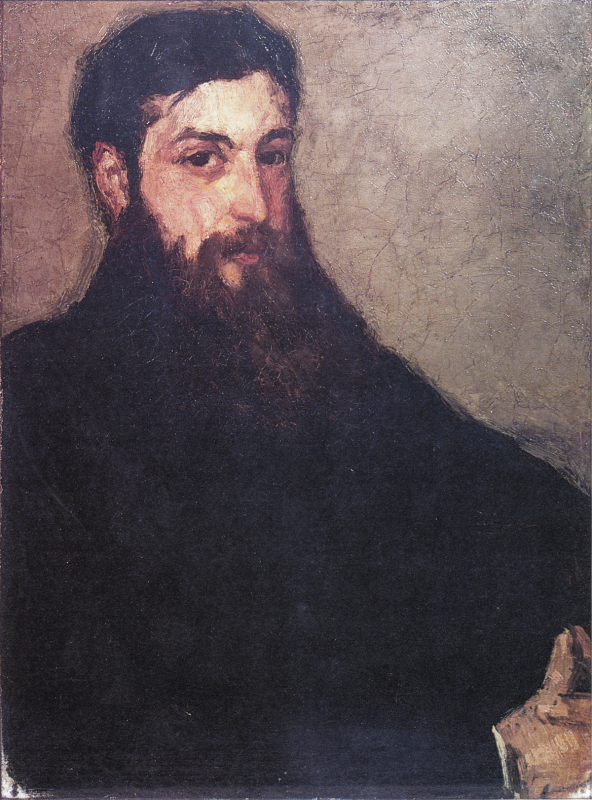Technique
Luke Ionides described Whistler's method of painting:
'He would compose his colour on the palette, and put on some touch; then he would stand off, and re-compose his colour. It was almost like working in mosaic. He never, to my knowledge, made any studies of the sitter before beginning a portrait.' 1
It is painted thickly, with vigorous brushwork and with some areas of impasto, the paint applied with a palette knife as well as brush, showing, as Andrew McLaren Young (1913-1975) commented, that Jean-Désiré-Gustave Courbet (1819-1877) 'was still a dominant influence.' 2
Conservation History
Meier-Graefe wrote of it in 1908 as having 'cracked as a result of loading the dark pigment on an ill-prepared ground.' 3 Similarly the Times in 1911 described it as 'an early work of great beauty and interest, but already falling into ruin.' 4 It has, however, since been restored.
Frame
Unknown.
Notes:
1: Ionides 1924 [more] , at pp. 40-41. See also MacDonald, Margaret F., Joanna Dunn, and Joyce H. Townsend, 'Painting Joanna Hiffernan', in Margaret F. MacDonald (ed.), The Woman in White: Joanna Hiffernan and James McNeill Whistler, New Haven and Washington, 2020, pp. 33-45.
2: Young, A. McLaren, James McNeill Whistler, Arts Council Gallery, London, and Knoedler Galleries, New York, 1960 (cat. no. 4).
Last updated: 1st December 2020 by Margaret






